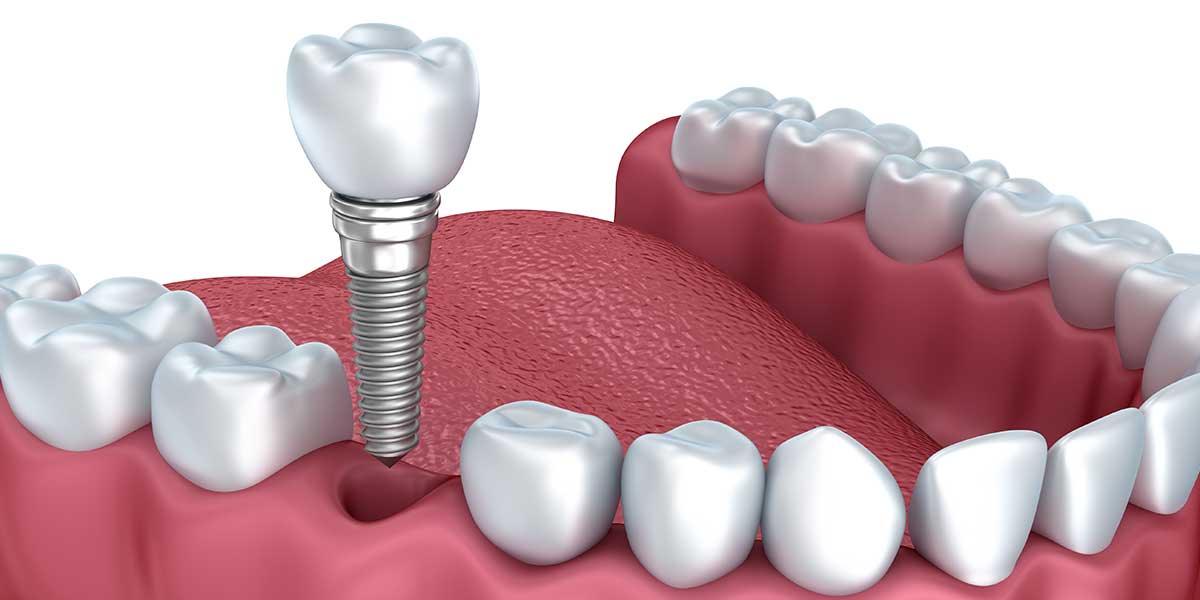No. Dental implants all have the same goal — to replace missing teeth roots and teeth — but they don’t all achieve that goal in the same way.
Dental implants are sophisticated medical implements designed to replace missing roots and teeth. Dental implants in Saskatoon are the gold standard for replacing one, several or complete sets of missing teeth. Implants offer the most permanent and stable solution for tooth loss, especially compared to dental bridges removable options like partial or full dentures that aren’t supported by your jaw but that rely on your other teeth or gums for support.
There are several types of dental implants in Saskatoon to help deal with a wide variety of circumstances. Which type of implant is appropriate for you depends on several factors, including: the health of your mouth and jaw; how many teeth are being replaced and where they’re located; and the density and amount of jaw bone mass you have in your mouth. Your dentist in Saskatoon will carefully review all of the factors affecting your teeth, gums, mouth and jaw to determine whether you’re a good candidate for getting dental implants in Saskatoon, and what type of implant is necessary to replace your teeth and to achieve your goals.
Endosteal implants are small screws placed directly into your jaw. Endosteal implants are frequently made of titanium, but are also made out of ceramic or polymeric material. Once the implant is fused to your jaw bone through a process called osseointegration, our dentist will attach an abutment to that implant. That implant will hold a dental restoration — a crown or denture, for example — in place.
Subperiosteal implants are used when a patient does not have sufficient jaw bone mass to support endosteal implants. If you have sub-optimal bone density or mass, your dentist can offer treatments to improve your bone mass (including bone augmentation, bone grafting and sinus lifts), but patients who are unable or don’t want to undergo those treatments can receive subperiosteal implants. Subperiosteal implants are placed below your gums and on top of your jaw. They consist of a metal framework that protrudes through your gum to connect to a restoration (bridge or crown).
Zygomatic implants are another alternative to subperiosteal implants for patients with severe bone loss in their upper jaw and who can not or would prefer not to undergo bone grafting or sinus lifts. Zygomatic implants are not placed into the jaw (where there isn’t enough bone mass to support them), but are much longer implants implanted into the patient’s cheekbone.
The most common dental implant procedure involves multiple steps, including implant surgery followed by the placement of an abutment and restoration several months later. Immediate load implants (sometimes called teeth-in-a-day) allow the placement of an artificial tooth immediately rather than waiting some months for the patient to recover from the implant procedure itself. Immediate load implants are only appropriate when you have excellent bone mass and density.
Mini dental implants (MDIs) are implants that are much smaller in diameter than traditional endosteal dental implants. MDIs are shaped and sized like toothpicks and can be positioned in a much less-invasive procedure. MDIs are most commonly used to support dentures in a lower jaw.
All-on-4 implants consist of four dental implants that can support complete sets of teeth to replace all teeth in an arch (upper or lower jaw). After you’ve healed from the implant procedure, the abutments and full sets of artificial teeth will be placed in your mouth.
Each type of implant involves a different set of considerations to determine their suitability and different types of medical procedures to ensure their long-term success. To determine what type of implant is appropriate for solving your missing teeth, arrange an appointment with our dentist in Saskatoon.
